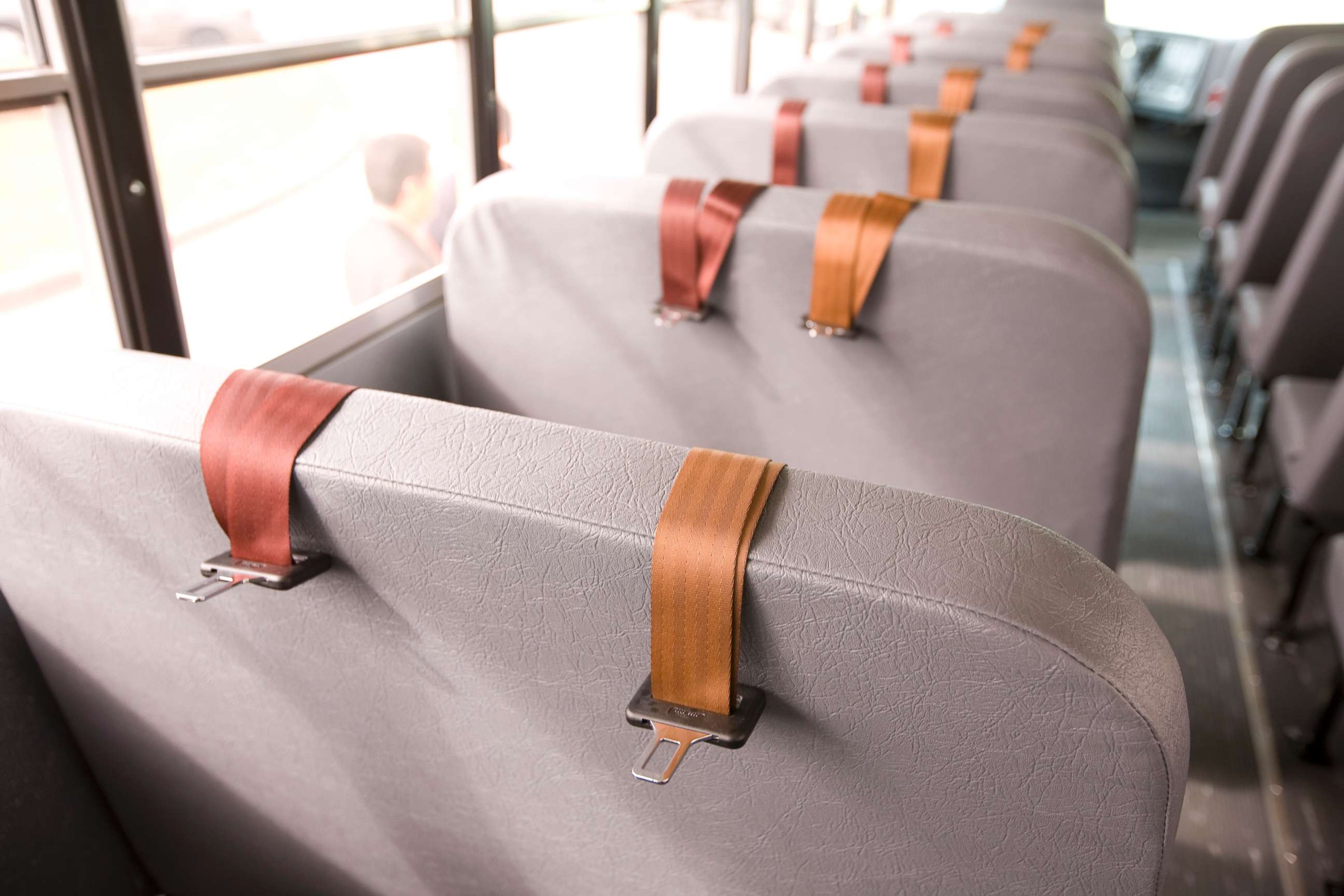NTSB changes tune about seat belts on school buses after deadly crashes
The NTSB issued new recommendations on school bus safety on Tuesday.
For the first time, the National Transportation Safety Board is recommending all new school buses be equipped with lap and shoulder seat belts, after the agency released findings from a special investigation report prompted by two deadly 2016 crashes.
"I feel like we've always tiptoed around this issue of seat belt usage and lap [and] shoulder belts in school buses," said NTSB Board Chairman Robert L. Sumwalt. "The last recommendation we made on this was in 2013 coming out of a crash in Chesterfield, New Jersey, that occurred in February of 2012. And it was a recommendation which is sort of weak in my opinion."
The NTSB recommended that 42 states that don't require for lap and shoulder belts on large school buses add such a requirement. It also recommended four other states upgrade their requirements from lap-only belts to lap and shoulder belts.
To the National Highway Traffic Safety Administration, NTSB recommended that it requires "all new school buses to be equipped with collision avoidance systems and automatic emergency braking technologies" as well.

The school bus industry has long debated mandatory seat belts on school buses for reasons including uncertainty of its actual benefit in increasing safety and evacuation concerns.
NHTSA's stance on seat belts has been that they are not absolutely necessary in large school buses, although they are required for small school buses due to the size and the weight of the vehicle.
"There is no question that seat belts play an important role in keeping passengers safe in these vehicles," NHTSA website states. "But school buses are different by design, including a different kind of safety restraint system that works extremely well."
Since the release of the new NTSB recommendation, NHTSA said it is "currently planning research on the use and implications of seat belts on school buses, which will help inform future agency actions and activities."
The Tuesday board meeting drew attention to the two school bus crashes in Baltimore City, Maryland, and Chattanooga, Tennessee, both in November of 2016. The board identified lack of driver oversight as the similarity in the fatal accidents and key issue, among other factors.
"In both crashes, we saw poor driver oversight both by the school district and by the contracted motor carriers that provided student transportation services," said Sumwalt.
The two crashes collectively killed 12 and injured 37, prompting the NTSB special investigation.

"In both cases, school bus drivers continued to operate school buses unsafely, with no remedial action taken, even when driver safety issues were known. In addition to lack of oversight, the Baltimore report focused on medically unfit school bus drivers, and commercial driver license fraud," the board said in a statement.
The statement also noted that the cause of the Baltimore City crash on Nov. 1, 2016, included "the loss of vehicle control due to incapacitation of the bus driver because of a seizure stemming from a long-standing seizure disorder," and the cause of the Chattanooga crash on Nov. 21, 2016 included "the school bus driver’s excessive speed and cellphone use, which led to the loss of vehicle control.
"In concrete terms, neither of these drivers should have been behind the wheel," said Sumwalt, making clear that both crashes could have been prevented.
The full report will be available on the NTSB website in a few weeks.
There were 1,282 deaths of all ages and 281 deaths of school-age children from school transportation-related crashes from 2007 to 2016, according to a NHTSA report. The report also showed that more occupants of other vehicles died compared to the number of occupants of school transportation vehicles.




